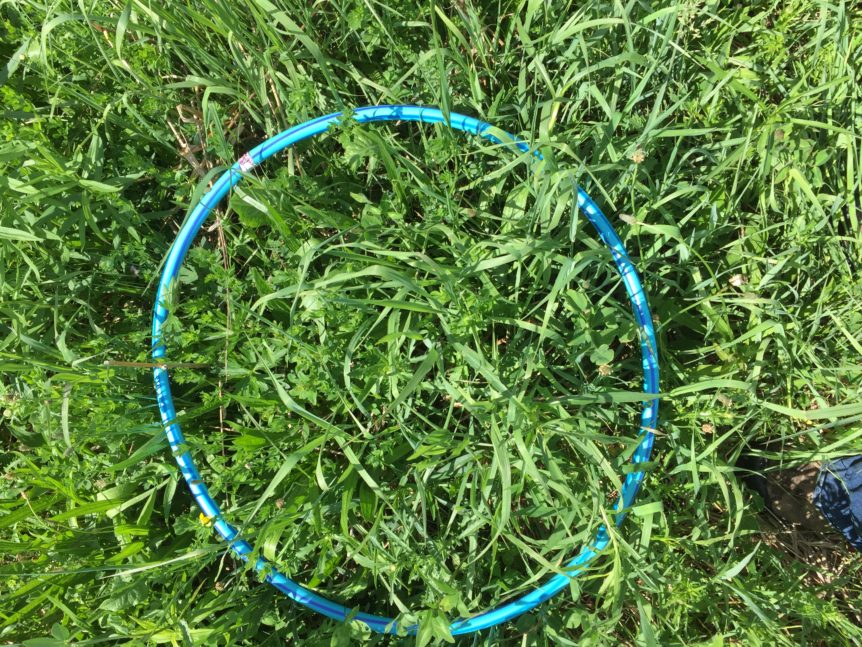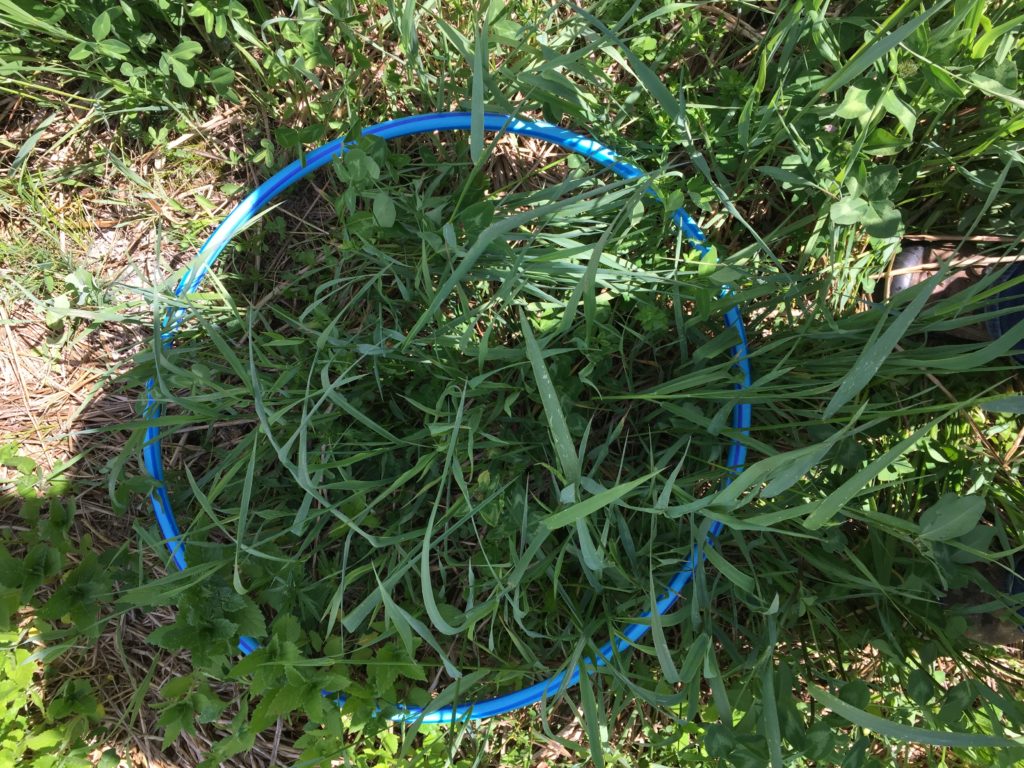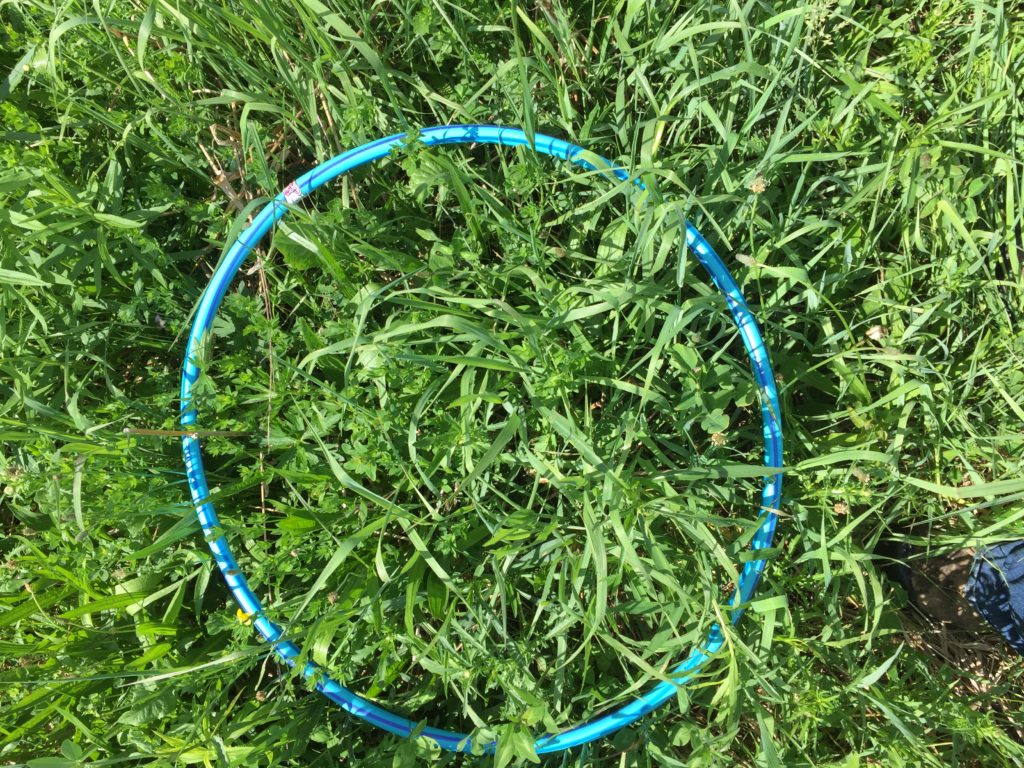In 2017 a new technique to Northern Ontario was demonstrated called cross-seeding (or cross drilling) in Algoma, Thunder Bay and Emo. Cross-seeding is a technique for establishing a crop where half the seed is planted in a conventional drive pattern using a seed drill. The other half of the seed is drilled at a 45 degree angle to the original pass in order to achieve better ground coverage. Better coverage can help reduce soil erosion and assist sown forage crops out-compete weeds, resulting in better quality and higher yielding forage. This technique was demonstrated on forage crops, the mix was determined by the cooperator. If the sown area was less than or equal to 10 acres, half of the forage crop was established by cross-seeding. If the area was greater than 10 acres, cooperators cross-seed 5 acres. The cross seeded sites were directly compared to the conventionally seeded area, looking at; yield, forage stand, and weed percentage. Although the sites in Algoma did not see a dramatic change in yield between conventional and cross-seeding techniques there was a significant improvement in establishment time and ground coverage. Thunder Bay and Emo’s trials did demonstrate an increase in yield on the cross-seeded plots, as well as an improvement to the establishment time and ground coverage. This year RAIN and Thunder Bay will be continuing to monitor last year’s plots for seeding techniques, ground coverage, and yield. Since most forage crops are not harvested in the first year of establishment, this year’s hope is to collect data in year two and compare results again.



